“I am not of any time or of any place; beyond time and space my spiritual being lives an eternal existence."
Giuseppe Balsamo was born in the old Jewish quarter of Palermo in Sicily to a family who had suffered from the bankruptcy of an earlier generation. Despite the family lack of money, Balsamo had a good education at a local Catholic monastery where he had a interest in chemistry and physics but an even keener interest in the dark arts, probably the reason he was later expelled. At the age of seventeen, he took his first step into the world of crime, convincing a wealthy goldsmith to part with seventy pieces of silver to fund a venture to find buried treasure that would make them both rich. The goldsmith only received a very large bump on his head and Balsamo, a first class ticket to Malta. It was here in 1766 that he honed his skills as a pharmacist employed by the Sovereign Military Order of Malta, a Catholic religious order and the worlds oldest surviving order of chivalry.
Two years later, Balsamo was in Rome working for the Orsini family, it was here that his 'career' really began, unsatisfied and bored Balsamo began leading a double life, selling magical Egyptian amulets and forged engravings that he passed off as 'antiques.' Now married, he traveled to London, where he met the Comte de Saint Germain, an eighteenth century Walter Mitty, who had an interest in science and the arts and like Balsamo, a practicing occultist.
On 27 December 1789, he was arrested and imprisoned, firstly in the Castle of Santangelo on a charge of freemasonry, his death sentence was commuted to life imprisonment. After many attempts to escape his judges said
"let him be in placed in perpetual imprisonment in some fortress, closely guarded, with no hope for pardon.”
Balsamo prison turned out to be the Fortress of San Leo, whose high towers can be seen from the valley below. Giuseppe Balsamo had been lowered from a hatch into a narrow, ten metre square room and left to die.
No amount of spells or incantations helped him this time.
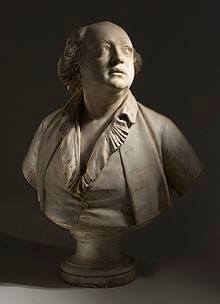
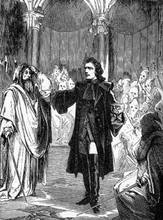
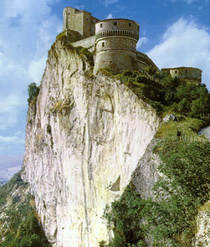
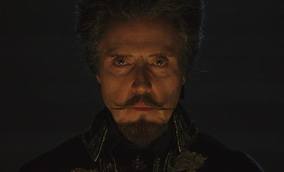
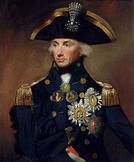
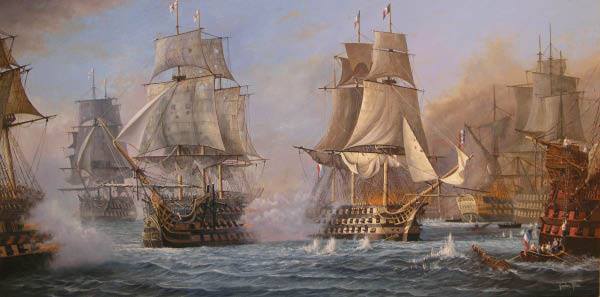
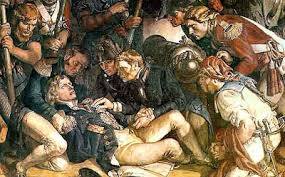
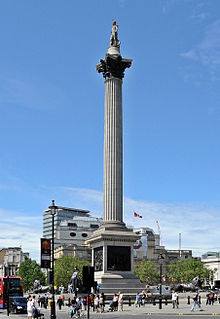
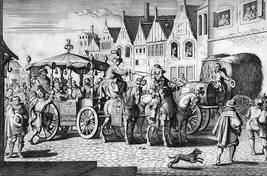
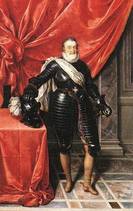
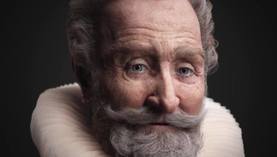
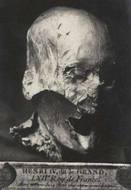
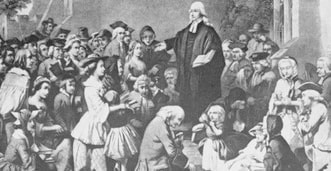
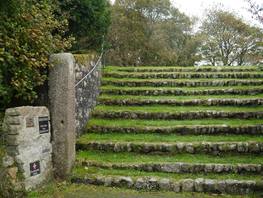
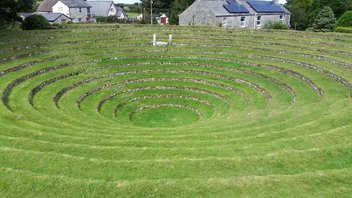
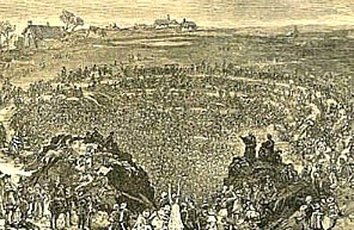
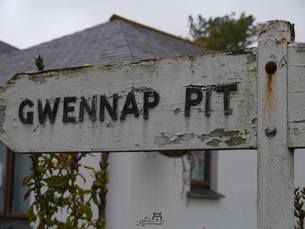
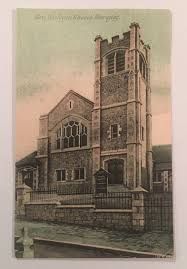
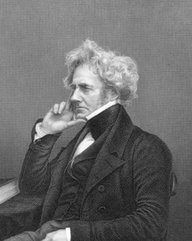

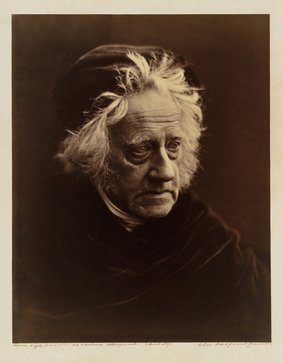
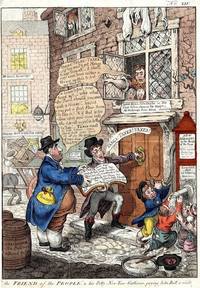
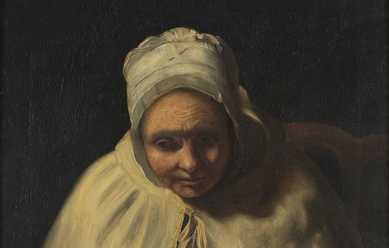
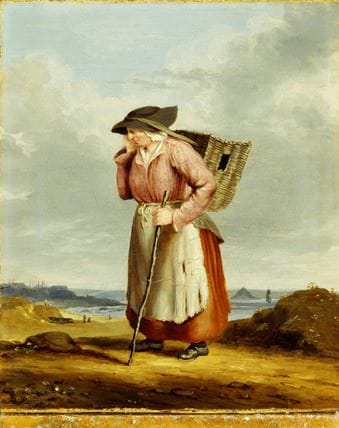
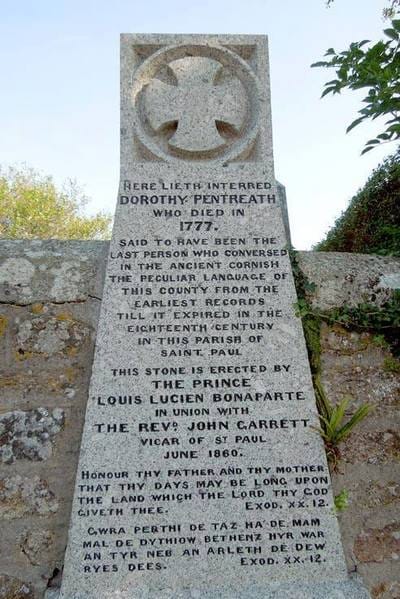
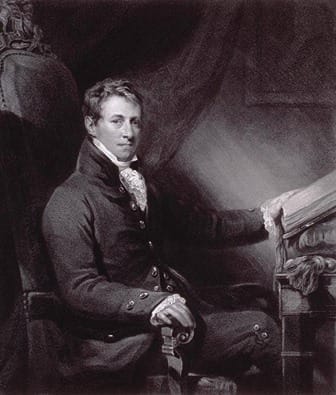
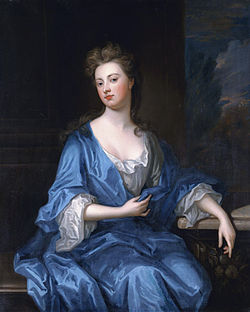
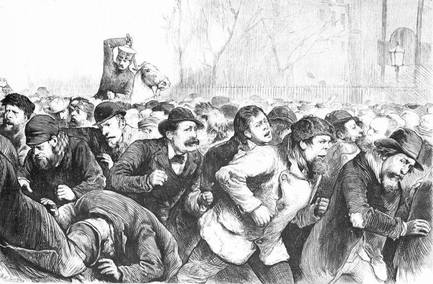
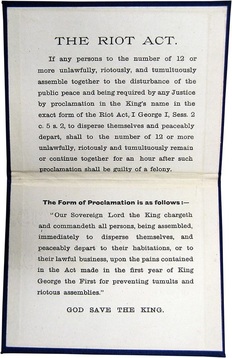

 RSS Feed
RSS Feed
